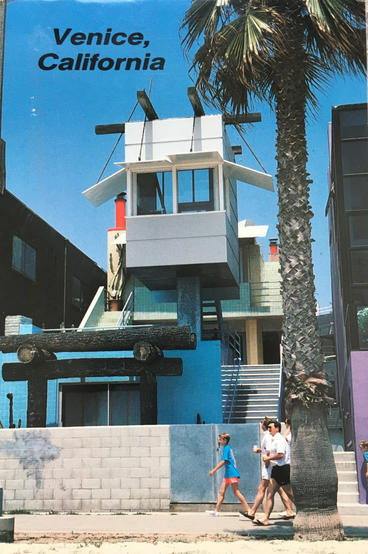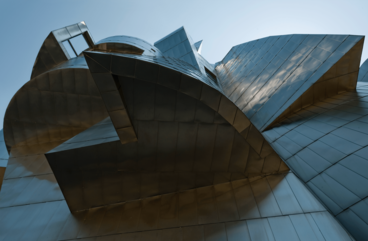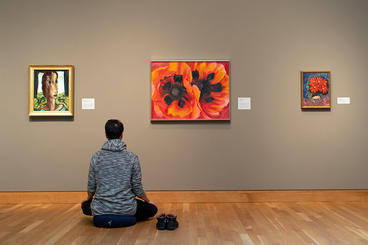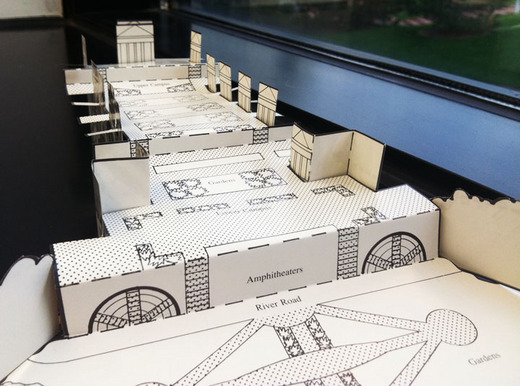
FEATURED ESSAY
In 1982, the University Gallery's Cass Gilbert: Minnesota Master Architect exhibition was touring around the region. According to the catalog, the exhibition was the first one to focus on his Minnesota years. Cass Gilbert was a world-renowned architect who grew up in St. Paul, Minnesota and designed many famous buildings throughout the country, including the Minnesota State Capital, the Woolworth Building in Manhattan, and the United States Supreme Court Building. He also designed the general scheme of the Northrop Mall at the University of Minnesota—the heart of the East Bank of campus and very familiar to all students here. The University Gallery stood at the head of the mall in Northrup Auditorium, and the effects of Gilbert's design were surely felt there on a daily basis. (Now the Weisman Art Museum stands just across the street from the mall).
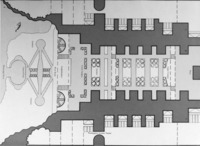
To illustrate Gilbert's design concept more concretely, the University Gallery offered a very interesting brochure—one could cut and assemble it into the three-dimensional shape of the mall design. This activity was clearly aimed at kids, but I also had a good time assembling one of the many leftover brochures we found in the files (that's the uncut version on the left). The explanatory text for the innovative "Archipops" brochure states:
We want to encourage children of all ages to better understand their built environment... Archipops is a chance to examine one significant design and learn to ask some questions about it. The model of Cass Gilbert's Mall is a tool for understanding a talented architect's solution to the question how to organize the campus of the University of Minnesota.

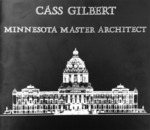
The Archipops brochure and the cover of the exhibition catalog.
Areca Roe
Areca Roe is a MFA graduate from the University of Minnesota’s Department of Art, with a concentration in photography and minor in Museum Studies. Areca completed her project involvement in Fall 2011, and has subsequently been involved with the University as an artist in residence at the University’s Bell Museum of Natural History.

